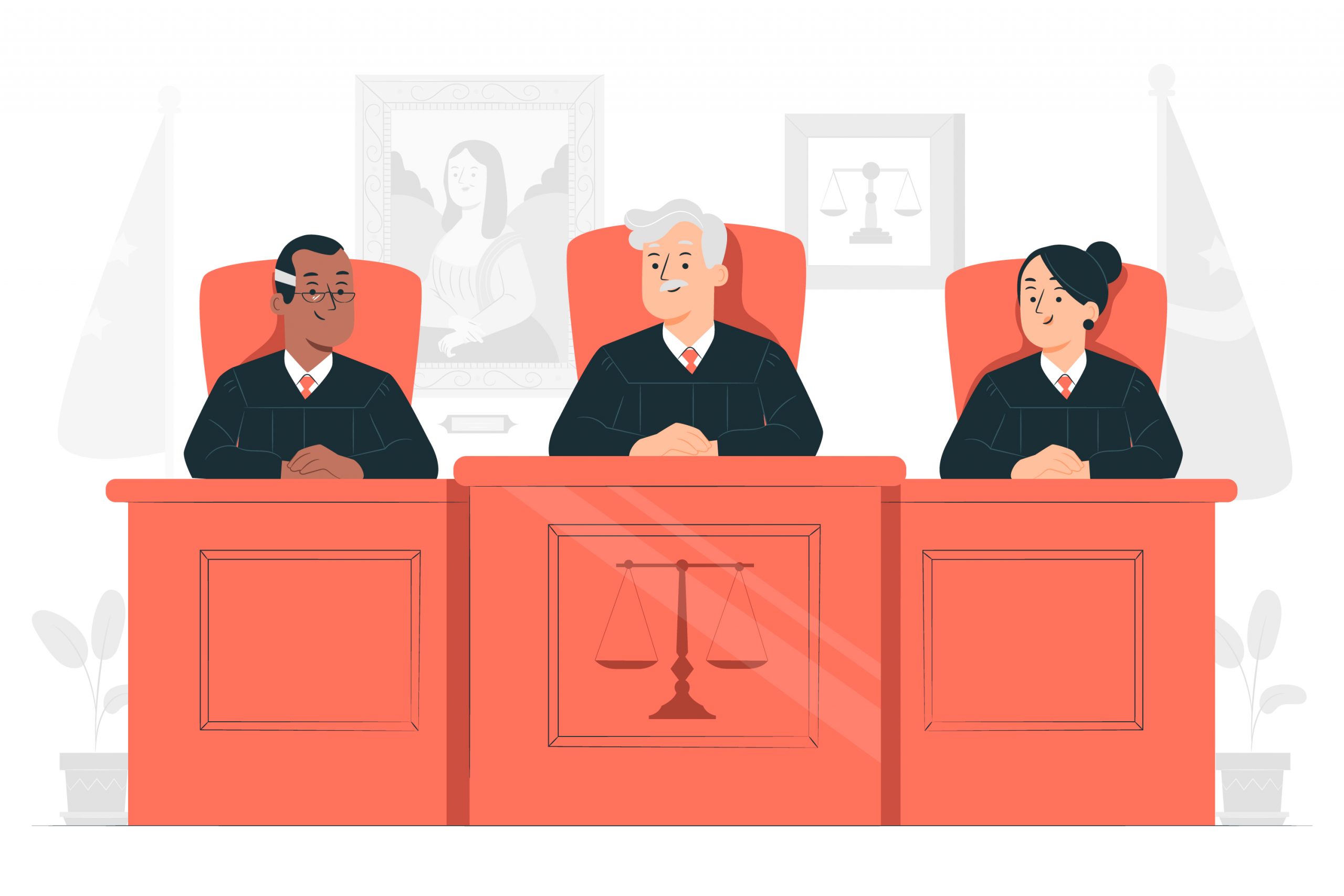News Highlights:
The basic structure doctrine: The Chief Justice of India, D. Y. Chandrachud, compared the ‘basic structure’ of the Constitution to the North Star, an unfailing guide which shows the way when the path appears convoluted.
Key Takeaway:
Recent Vice President Jagdeep Dhankar stated that the basic structure doctrine introduced by a 13-judge Bench in the Kesavananda Bharati versus the State of Kerala through a 7:6 wafer-thin majority judgment diluted parliamentary sovereignty.
The basic structure of the Constitution:
- Overview:
- According to the Indian Constitution, the Parliament and the State Legislatures can make laws within their jurisdictions.
- The power to amend the Constitution is only with the Parliament and not the state legislative assemblies.
- However, this power of the Parliament is not absolute.
- The Supreme Court can declare any law that it finds unconstitutional void.
- The Kesavananda Bharati judgment held that Parliament could not use its constituent power to alter the Constitution’s basic structure or essential features.
- The idea behind Basic Structure:
- There is no mention of the term “Basic Structure” anywhere in the Constitution of India.
- The idea that the Parliament cannot introduce laws that would amend the basic structure of the constitution evolved gradually over time and in many cases.
- The idea is to preserve the nature of Indian democracy and protect the rights and liberties of people.
- This Basic Structure doctrine of the Indian Constitution helps to protect and preserve the spirit of the constitution document.
Kesavananda Bharati case:
- Background:
- The Kesavananda Bharati case came to the Supreme Court almost immediately after the Indira Gandhi government rode to victory in the 1971 elections on the famous slogan of ‘garibi hatao’.
- The new government introduced several Constitutional Amendments to the Supreme Court’s Golak Nath verdict, which upheld the power of judicial review of constitutional amendments.
- Amendments made by the Indira Gandhi government:
- The 24th Constitutional Amendment changed Article 13, which mandated that no ‘law’ could take away or abridge fundamental rights.
- The Golak Nath judgment had interpreted the term ‘law’ in Article 13(2) to include ‘constitutional amendments’ too.
- The Parliament, through the 24th Amendment, said a constitutional amendment could not be rendered void merely because it infringes fundamental rights.
- It also modified Article 368, a provision which dealt with constitutional amendments, to enable the Parliament to add, vary or repeal any Article of the Constitution.
- The Parliament, through the 25th Constitutional Amendment, introduced Article 31C into the Constitution to implement the Directive Principles of State Policy under Article 39 (b) and (c) to distribute material resources of the community and prevent the concentration of wealth.
- The Amendment gave Directive Principles primacy over fundamental rights and judicial review of the apex court.
- Verdict in the Kesavananda Bharati Case:
- The landmark judgement by a thin majority of 7:6, wherein the majority held that the Parliament could amend any provision of the Indian Constitution provided that such amendment did not change the Constitution’s basic structure.
- The minority judgement, however, in their dissenting opinion, was marked by keen caution of giving the Parliament unlimited amending power.
- The court held that the 24th Constitutional Amendment was entirely valid. But it found the second part of the 25th Constitutional Amendment ultra vires.
- The Supreme Court declared Article 31C unconstitutional and invalid on the ground that judicial review is the basic structure and hence cannot be taken away.
- Despite the ruling that Parliament cannot breach fundamental rights, the court upheld the amendment that removed the fundamental property right. The court ruled that, in spirit, the amendment would not violate the “basic structure” of the Constitution.
- Some basic structures of the constitution:
- Supremacy of the Constitution
- Unity and sovereignty of India
- The democratic and republican forms of government
- Federal character of the Constitution
- Secular character of the Constitution
- Separation of power
- Individual freedom.
Pic Courtesy: Freepik
Content Source: The Hindu



